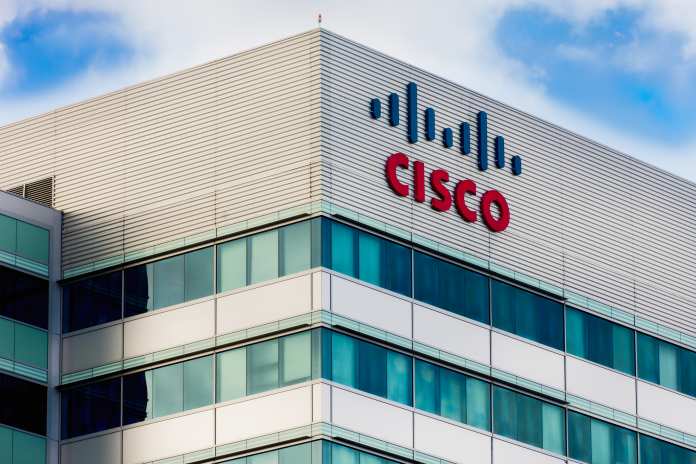Shares of the renowned network hardware company, Cisco Systems (NASDAQ:CSCO), reached a new 52-week high today. However, despite this milestone, the stock’s year-to-date (YTD) performance of +10.57% pales in comparison to the Nasdaq Composite’s impressive +35.36% gains. Investors now wonder if Cisco’s recent underperformance will rebound and whether it presents an opportune time to consider investing in the company.
Rising Revenue and Profits Despite Challenges
Cisco’s current underperformance can be attributed to subdued customer demand caused by supply chain constraints, resulting in a worrying 23% decline in orders during the latest quarter—a continuation of the 22% drop experienced in the previous quarter.
However, despite these challenges, Cisco managed to surpass analyst expectations, with total revenues growing by an impressive 13.5% to $14.6 billion compared to the previous year. Net income also showed growth, increasing by 5.5% to $3.2 billion. The company demonstrated its operational strength with a remarkable 43% year-on-year improvement in cash flow from operating activities, reaching $5.2 billion.
Revenue Outlook
One reassuring indicator for Cisco’s future is the 6% increase in remaining performance obligation—a metric representing future revenues from already signed contracts—to $32.1 billion compared to the previous year. The company expects 53% of this value to be recognized as revenue in the near term, providing revenue visibility for investors.
Dividends and Buybacks
Cisco’s management has consistently rewarded shareholders through periodic dividends and buybacks, bolstering the company’s stock price. In the third quarter alone, Cisco returned approximately $2.9 billion to shareholders through dividends and buybacks. The dividend, amounting to $0.39 per share, reached a total of $1.6 billion, while the share repurchase totaled $1.3 billion. Notably, the company still has $12.2 billion left under its stock repurchase program, signaling continued shareholder-focused initiatives.
Cisco Valuations
When compared to industry peers, including Dell (DELL), Hewlett Packard (HPE), VMware (VMW), and Juniper (JNPR), Cisco’s valuation is not considered undervalued. Its Forward Price-to-Earnings (P/E) ratio stands at 17.05, higher than HPE’s (11.81) but lower than Dell’s (20.79), VMware’s (42.76), and Juniper’s (19.76). Additionally, Cisco’s Price-to-Sales (PS) ratio of 3.80 falls below VMware’s (5) but exceeds Dell’s (0.41), HPE’s (0.75), and Juniper’s (1.72). Finally, Cisco’s Price-to-Cash Flow ratio of 11.77 positions it between Dell’s (7.09) and HPE’s (5.06), lower than Juniper’s (98.19), and slightly below VMware’s (13.58).
Analyst Projections
With a “Moderate Buy” overall rating on the stock, analysts have varying opinions on Cisco. Out of the 20 analysts covering the stock, 5 rate it as a “Strong Buy,” 2 as a “Moderate Buy,” and 13 as a “Hold.” The mean target price of $56.18 suggests a potential upside of 10.6% from current levels, with a high target price of $73 indicating a more significant potential upside of 43.7%.
In summary, while Cisco Systems has achieved a 52-week high, the stock’s recent underperformance may raise concerns among investors. Despite facing challenges due to supply chain constraints, the company has shown resilience, demonstrating revenue growth and robust profits. With a strategic focus on dividends and buybacks to benefit shareholders, Cisco remains an intriguing investment prospect, with analyst opinions cautiously optimistic.
Featured Image:















